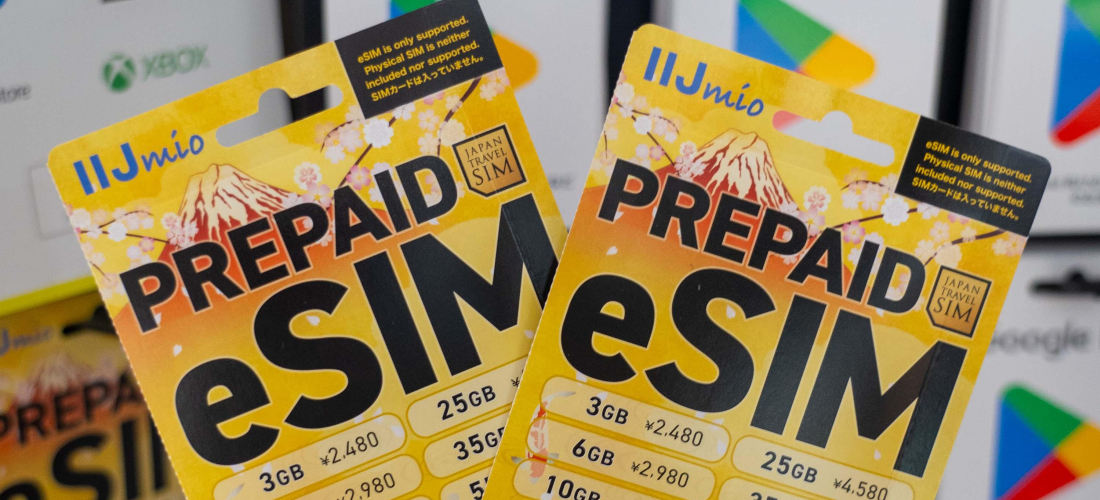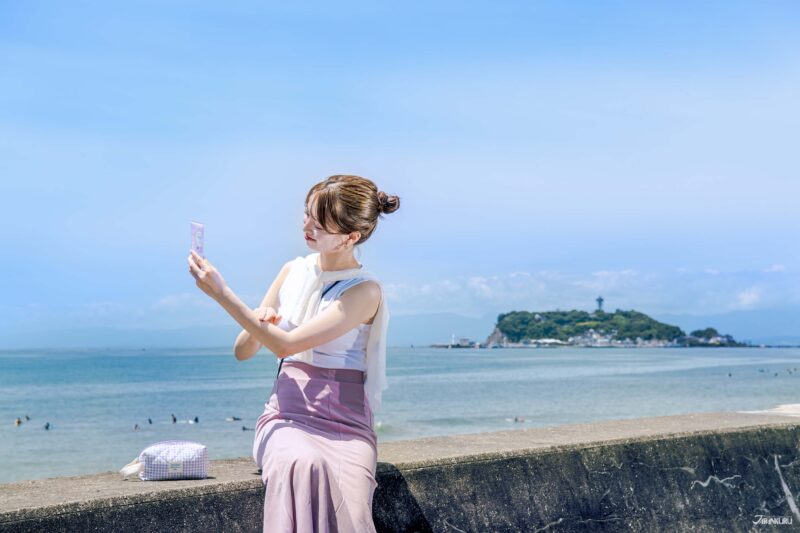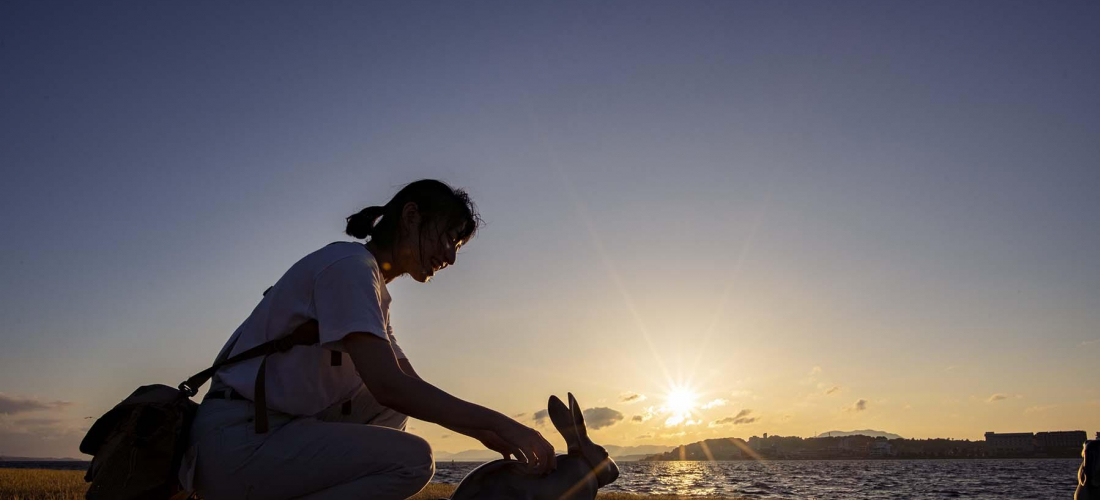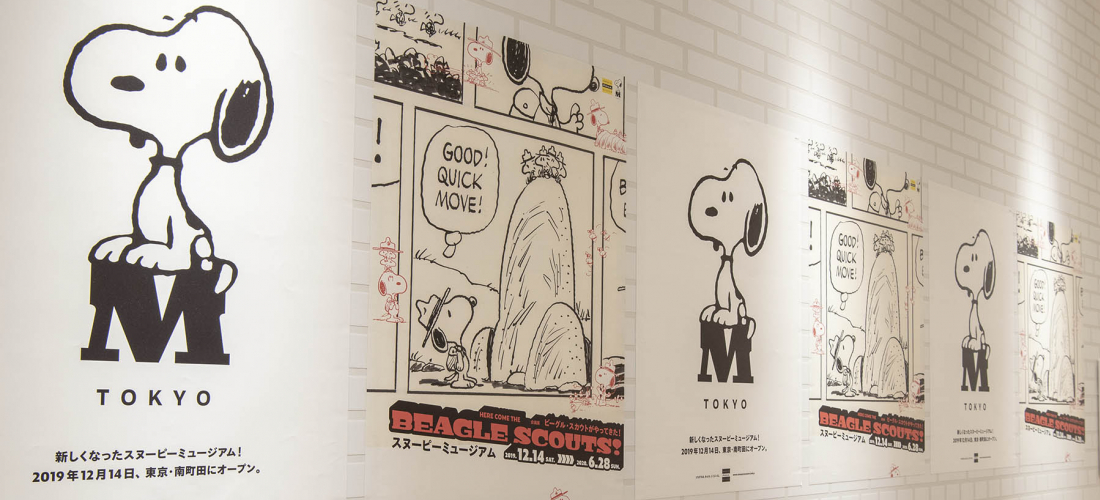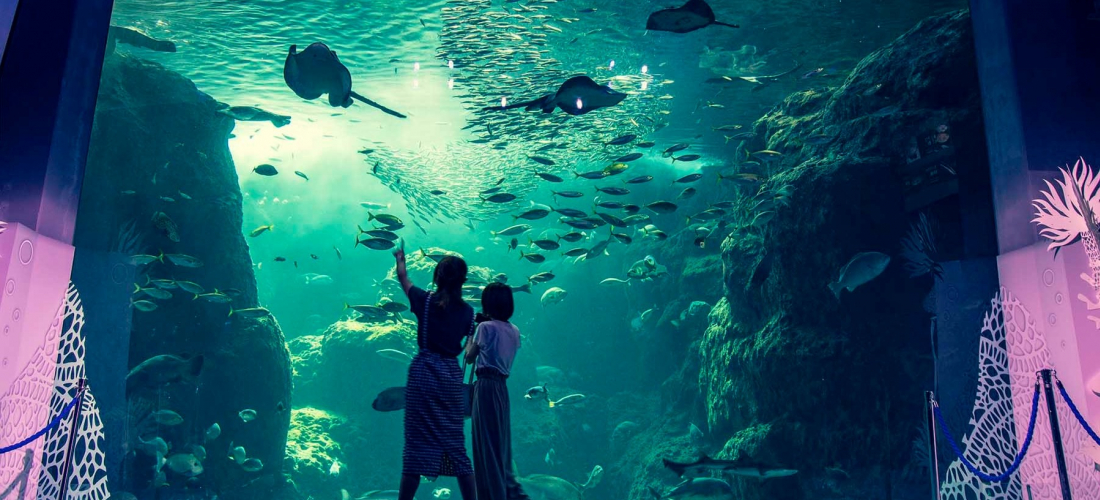CONTENTS
Find the best ways to spend a rainy day in Tokyo! These free museums are perfect for anyone planning a trip to Japan on a budget, with lots to see and no costs involved.
Spend Your Rainy Day in Tokyo Exploring Japan’s Free Museums
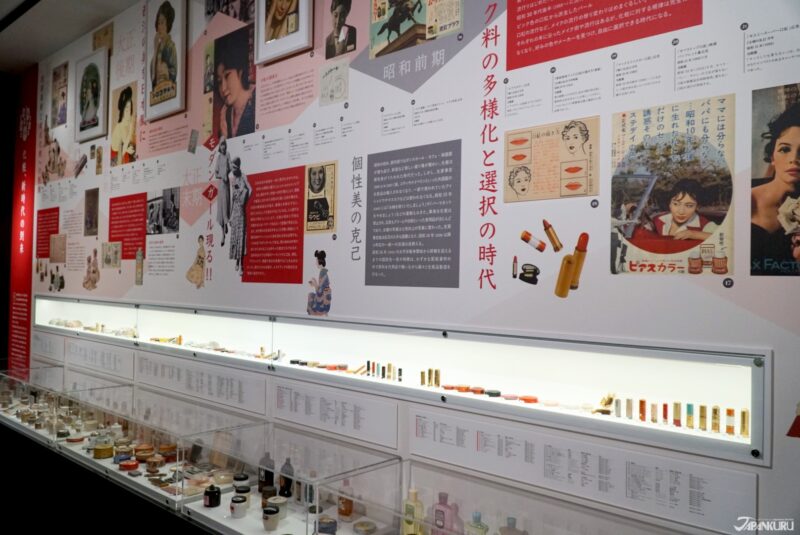
These days Japan is a great budget travel destination. Affordable (and delicious) food can be found everywhere from ramen joints to convenience stores, public transportation is practical and prolific, and the weak yen gives foreign visitors a good deal on everything else. Many of Japan’s most economical attractions, however, are out in the open air. So what do you do when you’re taking pictures of Tokyo’s oldest temple, or exploring the city’s back alleys, and the rain starts to pour!? (If you happen to be visiting during rainy season, this is a very real risk!)
Fortunately, Tokyo also has some of the most unique museums around, and many of them are totally free! Recently, the Japankuru team has gathered a few of our favorite indoor destinations in Tokyo perfect for rainy days, so today we’re sharing our favorite free museums in Japan.
① World Bags & Luggage Museum (Asakusa)
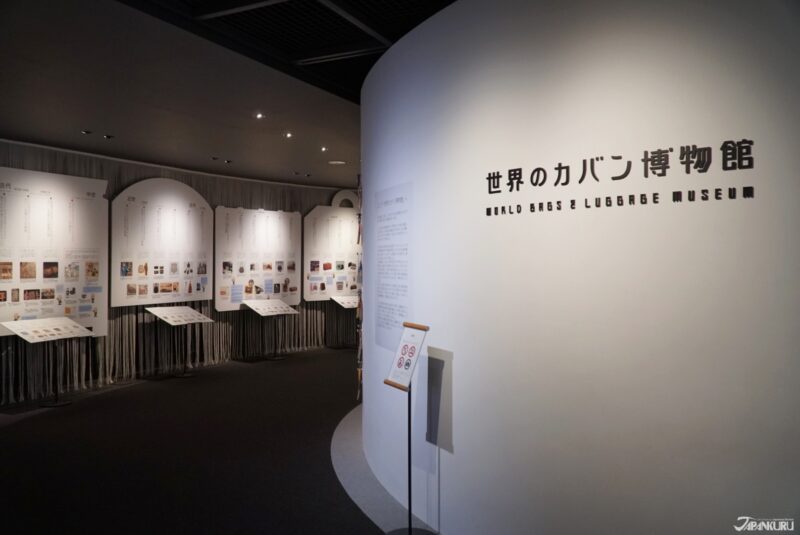
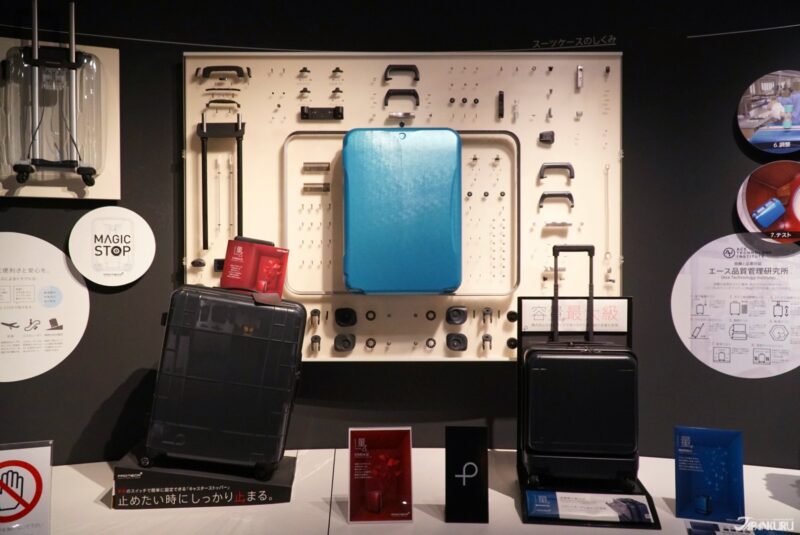
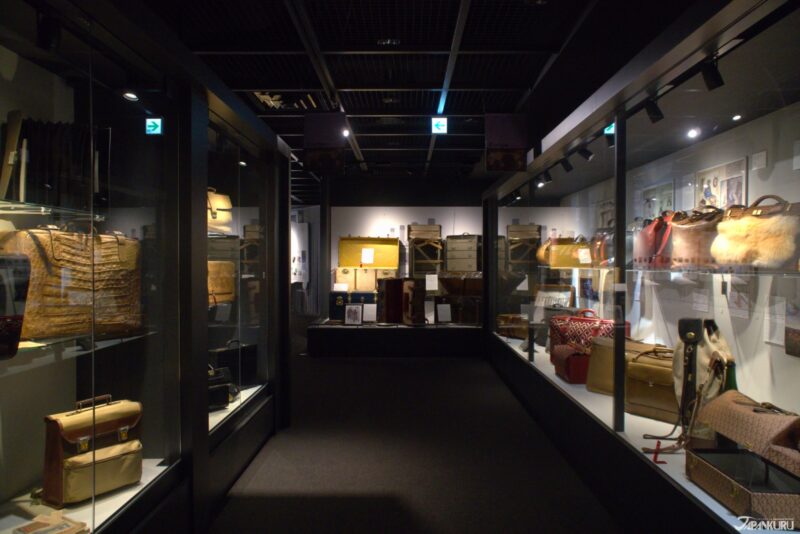
With an impressive collection of materials gathered from all around the world and a uniquely Japanese perspective, the World Bags & Luggage Museum is just what you would imagine: exhibits on the history and manufacturing of bags, plus a substantial display of various items used to carry other items, showing off the broad spectrum of “bags.” The museum’s history goes back to the mid-20th century, when Ryusaku Shinkawa (founder of Japanese bag manufacturer ACE) visited Europe and found himself disappointed by the number of bags on display in museums, soon deciding he would just build his own museum instead. Now anyone else with an interest in bags can visit the World Bags & Luggage Museum located on the 7th and 8th floors of the ACE headquarters entirely for free, to see the museum Shinkawa created.
The World Bags & Luggage Museum might be free, but it’s incredibly well-outfitted. Visitors start by learning about how bags have been dreamed up and used throughout history, get a little dose of industrial design education focused on ACE’s modern suitcases, and then get to explore the collection of beautifully crafted trunks, briefcases, handbags, backpacks, and many other varieties of bag, collected from over 50 different countries – including quite a few Japanese bags, of course. If you’re interested in the curious character of Ryusaku Shinkawa, there’s even a memorial exhibition dedicated to his life’s story. But the best thing about this whole museum, for foreign visitors at least, is the thorough English signage. Most of the major signs include (mostly understandable) translations, so you can actually learn a lot without a lick of Japanese!
▶︎ Located next to Asakusa Station, the World Bags & Luggage Museum is the perfect escape from the rain for travelers exploring Asakusa’s traditional charms, from Sensoji Temple to the open-air street food hub of Nakamise. The museum is also easily accessible via the Ginza and Asakusa subway lines.
World Bags & Luggage Museum (世界のカバン博物館)
1-8-10 Komagata, Taito City, Tokyo
Hours: 10:00 – 16:30 (closed Sundays, holidays)
Admission: free!
Official Website (jp)
② Beni Museum (Omotesando/Aoyama)
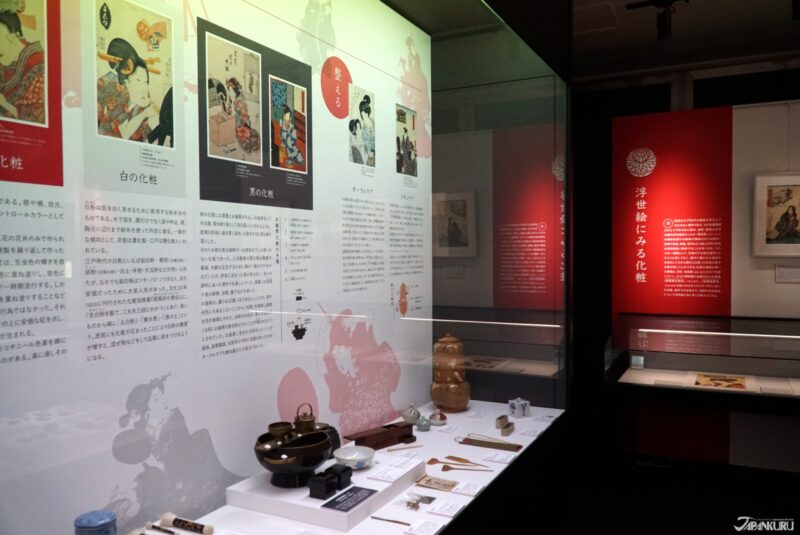
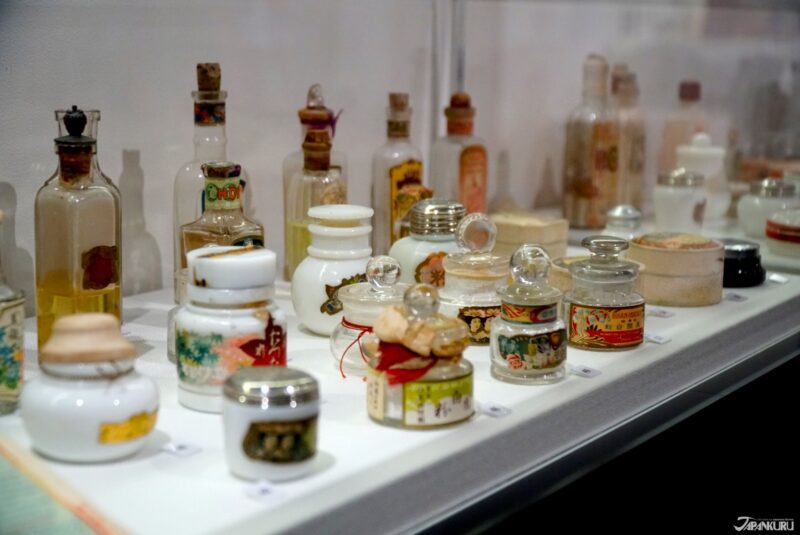

These days modern Japanese fashion and cosmetics brands borrow a lot from global trends, but before this island country really opened to the world in the 20th century, things looked a little different. When people wanted to dress up, bodies were clothed in kimono, and lips were painted with a red pigment called “beni” (紅), made from the petals of the safflower plant. (Americans might be interested to hear that “benihana,” literally “beni flower,” is the word for safflower in Japanese.) This museum in Tokyo’s fashionable Aoyama/Omotesando area is focused on Japan’s traditional beni cosmetics, examining the lip color’s history from when it exploded in popularity during Japan’s Edo period (1603-1868) up until the modern day. The small museum is spread over just a couple of rooms, and signage is mostly in Japanese, but the collection of beautifully preserved historical cosmetics on display makes it worth a visit for anyone who loves cultural and material history! (And you can’t beat the admission price of “free.”) The museum is run by Isehan Honten, who have been making beni since 1825 and still sell it, so museum-goers are even offered a chance to try this traditional makeup for themselves. You can leave the museum with your head full of traditional Japanese culture, and your lips painted a lovely red.
▶︎ Located in Omotesando, the Beni Museum is the perfect escape from the rain for travelers shopping in Aoyama, those browsing Omotesando’s many high-end shops like Vivienne Westwood, or those who just like people watching to check out the area’s unique fashion. It’s even a good option for travelers diving deep into the trendy alleys of Harajuku. The museum is also accessible via a handful of train lines, mainly the Ginza, Chiyoda, and Hanzomon subway lines.
Beni Museum (紅ミュージアム)
6-6-20 Minamiaoyama, Minato City, Tokyo
Hours: 10:00 – 17:00 (closed Sundays, Mondays)
Admission: free!
Official Website (en)
③ Meguro Parasitological Museum (Meguro)
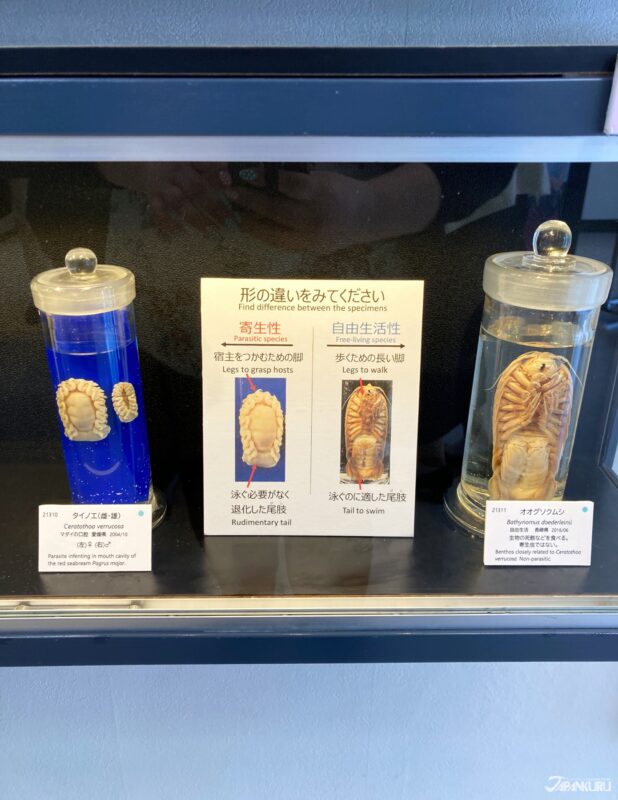
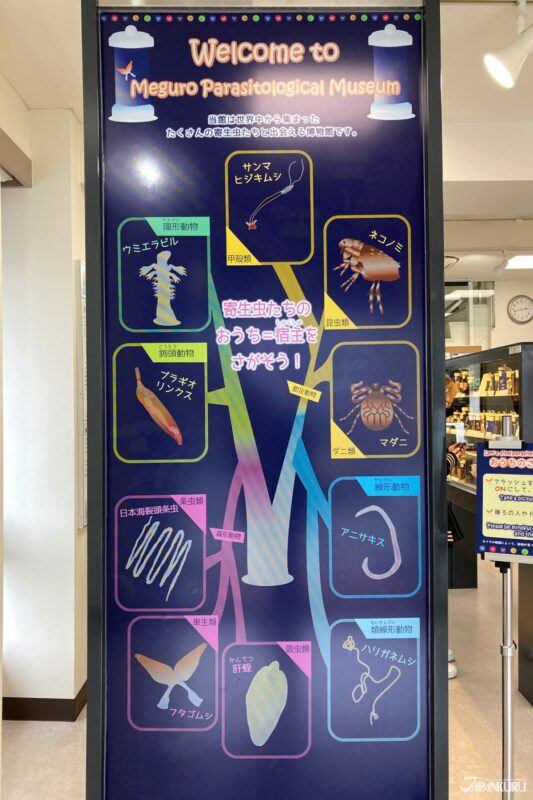
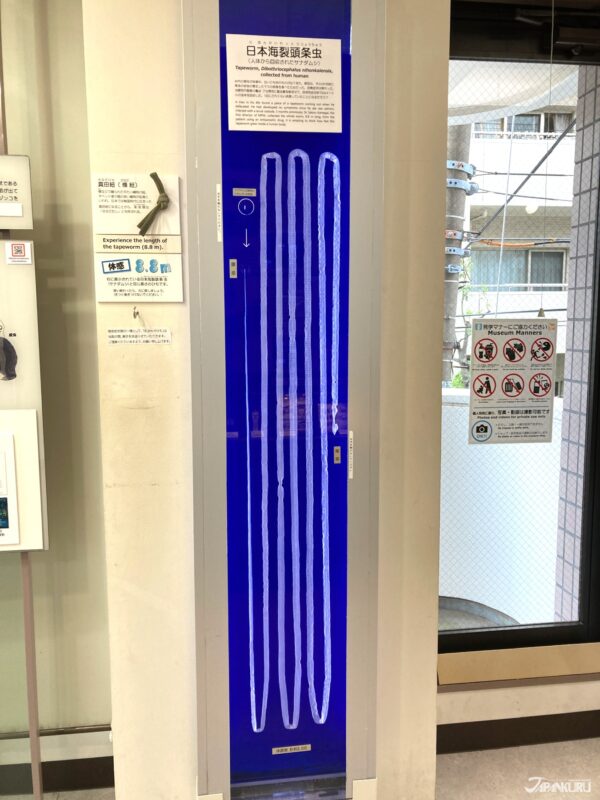
This museum is not for the faint of heart or the queasy stomach, but if you have an interest in science (or can appreciate some good creepy crawlies) then you won’t want to miss this free attraction in Meguro. Established in 1953 by Dr. Satoru Kamegai with the mission of bolstering parasitology research, the Meguro Parasitological Museum is a resource for educating the public, armed with a collection of 300 parasite specimens on display (a small fraction of their 60,000 total) and some fascinating exhibits. The first floor presents the “Diversity of Parasites,” showing off the sheer variety of parasites living on earth, and the second floor “Human and Zoonotic Parasites” exhibition dives deeper into specifics, looking at how parasites survive, and how they affect us humans when they do. Signs and informational displays include English translations, so you’ll really learn a lot about parasites! Perhaps the highlight of the museum is the monstrously long tapeworm specimen, retrieved intact from a largely asymptomatic middle-aged man. While the museum is totally free to enter, as a private scientific research facility they rely on visitors’ support to keep things running. You can simply donate some cash if you want, but we recommend checking out their fabulous little gift shop, which helps to maintain the museum by selling original parasite-themed t-shirts, tote bags, keyrings, surprisingly elegant jewelry (!?), and more.
▶︎ Located near Meguro Station, the Meguro Parasitological Museum is the perfect escape from the rain for travelers enjoying the scenery along the Meguro River (especially during cherry blossom season), or checking out nearby Meguro Fudoson Ryusenji Temple. The museum is also easily accessible via a number of train lines, including the JR Yamanote Line, the Tokyu Meguro Line, and the Namboku or Mita subway line.
Meguro Parasitological Museum (目黒寄生虫館)
4-1-1 Shimomeguro, Meguro City, Tokyo
Hours: 10:00 – 17:00 (closed Mondays, Tuesdays)
Admission: free! donations/purchases appreciated
Official Website (en)
Find a Favorite Tokyo Spot to Run From the Rain
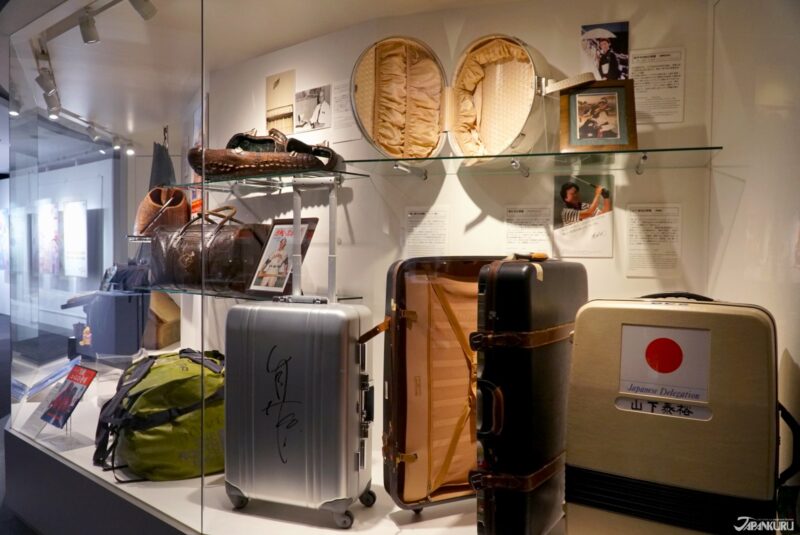
Whether you’re planning a trip during Japan’s rainy season, or you just want to have backup plans, it’s always good to have an idea or two ready for a rainy day! Fortunately for budget travelers and anyone with an interest in Japan’s more unusual attractions, these Tokyo institutions provide plenty of indoor entertainment, so you don’t have to worry about bad weather! From culture and history to high-quality gross-out entertainment, Tokyo’s free museums are built to entertain a wide variety of visitors – so when the rain starts to fall, just pick one that interests you (or one that’s conveniently nearby) and you’ll be ready to while away the hours!
For more info and updates from Japan, check Japankuru for new articles, and don’t forget to follow us on X (Twitter), Instagram, and Facebook!
PROFILE
Follow us @Japankuru on Facebook, Instagram, and Twitter!
COMMENT
FEATURED MEDIA
VIEW MORE
⚔️The Robot Restaurant is gone, but the Samurai Restaurant is here to take its place. Check it out, and don't forget your coupon! 🍣신주쿠의 명소 로봇 레스토랑이 사무라이 레스토랑으로 부활! 절찬 쿠폰 발급중 💃18歲以上才能入場的歌舞秀,和你想的不一樣!拿好優惠券去看看~ #tokyo #shinjuku #samurairestaurant #robotrestaurant #tokyotrip #도쿄여행 #신주쿠 #사무라이레스토랑 #이색체험 #할인이벤트 #歌舞伎町 #東京景點 #武士餐廳 #日本表演 #日本文化體驗 #japankuru #japantrip #japantravel #japanlovers #japan_of_insta

Japanese appliance & electronics shopping with our KOJIMA x BicCamera coupon! 用JAPANKURU的KOJIMA x BicCamera優惠券買這些正好❤️ 코지마 x 빅 카메라 쿠폰으로 일본 가전 제품 쇼핑하기 #pr #japankuru #japanshopping #kojima #biccamera #japaneseskincare #yaman #dji #osmopocket3 #skincaredevice #日本購物 #美容儀 #相機 #雅萌 #日本家電 #일본여행 #면세 #여행꿀팁 #일본쇼핑리스트 #쿠폰 #일본쇼핑 #일본브랜드 #할인 #코지마 #빅카메라 #japankurucoupon

Which snacks make the best Japanese souvenirs?~ Jaga Pirika ~ 일본과자 선물 뭐하지?~자가피리카 편~ #pr #calbee #jagapokkuru #japanesesnacks #japanesefood #japanesesouvenir #japantravel #japantrip #naritaairport #hokkaido #나리타국제공항 #일본여행선물 #흔하지않은기념품 #일본쇼핑리스트 #일본과자추천 #고구마과자 #일본간식추천 #일본면세점쇼핑 #개별포장 #일본감자칩 #도쿄나리타공항면세점 #현지인추천 #일본여행 #일본기념품리스트 #자가포쿠루 #자가피리카

Niki Golf offers a huge selection of new and used golf gear in Ueno, Tokyo. Between the weak yen and the shop's willingness to haggle, there's never been a better time for beginners or seasoned experts to pick up some clubs, golf wear, or limited-edition Japanese golf equipment! #ueno #nikigolf #golfshopping #golfgear #🏌️ #golflife #golf #golftips #golfjapan #jpangolf #golfclub #honma #ameyoko #二木ゴルフ #二木ゴルフアメ横本店 #nikigolfameyoko #tokyo #tokyotrip #tokyoshopping #japantrip #japantravel #japanlovers #japan_of_insta #japankuru #pr

Odaiba's DiverCity Tokyo Plaza is home to the famous real-size 20m-tall Unicorn Gundam, and the popular shopping center has even more Gundam on the inside! Check out the Gundam Base Tokyo on the 7th floor for shelves upon shelves of Gunpla, and the Gundam Base Tokyo Annex on the 2nd floor for cool anime merchandise. Both shops have tons of limited-edition items! #pr #odaiba #tokyo #tokyotrip #japantrip #japantravel #PR #divercity #divercitytokyoplaza #tokyoshopping #gundam #unicorngundam #gundambasetokyo #anime #otaku #gunpla #japankuru #오다이바 #다이바시티도쿄 #오다이바건담 #건담 #일본건담 #건프라 #건담베이스도쿄



























